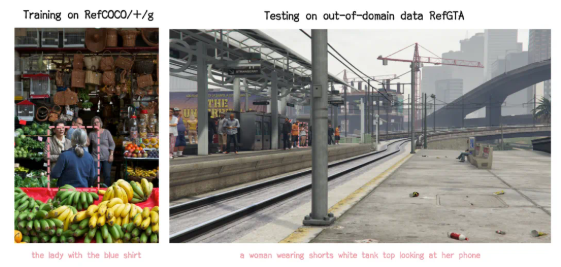Recently, the successful launch of the VLM-R1 project has brought new hope to this field. This project represents the successful transfer of the R1 method by the DeepSeek team into visual language models, indicating that AI's understanding of visual content is entering a new phase.
The inspiration for VLM-R1 comes from the R1 method open-sourced by DeepSeek last year, which utilized GRPO (Generative Reward Processing Optimization) reinforcement learning technology, achieving excellent performance in pure text processing. Now, the VLM-R1 team has successfully applied this method to visual language models, opening up new avenues for multimodal AI research.

In the validation results of the project, VLM-R1's performance is impressive. Firstly, the R1 method demonstrates high stability in complex scenarios, which is particularly important in practical applications. Secondly, the model excels in generalization ability. In comparative experiments, traditional SFT (Supervised Fine-Tuning) models showed a decline in performance on out-of-domain test data as training steps increased, while the R1 model continued to improve during training. This indicates that the R1 method enables the model to genuinely grasp the understanding of visual content, rather than relying solely on memory.
Moreover, the VLM-R1 project is very easy to get started with; the team provides a complete training and evaluation process, allowing developers to quickly dive in. In a practical case, the model was asked to identify the food with the highest protein content in a picture of a lavish meal, and it not only provided an accurate answer but also precisely highlighted the highest protein item, an egg pancake, in the image, showcasing its outstanding visual understanding and reasoning abilities.

The successful launch of VLM-R1 not only proves the versatility of the R1 method but also offers new insights for training multimodal models, heralding a new trend in visual language model training. Even more exciting is that the project is completely open-source, and interested developers can find relevant materials on GitHub.

In summary, the emergence of VLM-R1 injects new vitality into the research of visual language models, and we look forward to more developers participating to promote the continuous advancement of multimodal AI technology.










